After striking out in Sambuca, it was time to regroup and really consider what I wanted in a home. And how that might differ from what I needed.
I love a view of the rolling green landscape. That’s the view that makes me feel at home in Sicily, the view that combines the farmland of my childhood summers and the rolling hills of the Bay Area, where I became an adult. But alas, that kind of view typically only happens inside towns, because the towns are built high up. Only, I’m not thrilled about sharing walls with neighbors and I don’t like noise. I don’t like to hear what’s happening in the unit next to me and I don’t like commotion coming from the street. (What can I say? My days of city living are long over. Ok, I currently live in a city, but Tulsa is pretty quiet.)
As I thought back on my stay in Sambuca two years prior, I remembered my first night as I was trying to fall asleep. Teenagers were in the walkways somewhere below my balcony, laughing and talking and revving their motorbikes. By 11 pm, I had enough and finally yelled out the window “Silenzia!!” like a cranky old woman. Everything stopped for a second and then they mimicked “Silenzia! Sienzia!” with rounds of laughter. Thank goodness they couldn’t see me. I suddenly worried about retribution. But within ten minutes or so, they moved on.
Which is to say, while I love that view, I will sacrifice it to have a place that stands alone, if need be. And the only thing that stands alone is a villa.
A villa seems like a pretty grand idea. More importantly, villas are expensive. Remember, in Under a Tuscan Sun, Diane Lane’s character was a successful writer. She may have had a marriage that recently fell apart but she still had money. I don’t.
Meanwhile, we engaged a realtor. In the next installment, I’ll show you photos of an apartment in Alcamo and a villa above the fishing village of Trappeto. But today, I’m going to jump ahead to a property that got us excited. It stood alone, but not completely alone, and it had a good view of the countryside without being in town. Even more interesting, it was part of a Baglio.
The Baglio is considered an architectural emblem of Sicilian feudalism, located in the countryside. It is a fortified farm building with a large internal courtyard. In American terms, think “fort.” Popularized between 1500 and 1700, it was the heartbeat of farm living. The lower floors were filled with equipment and harvests, as well as by the peasants who worked on the farm. The owner (and family) lived on the top floors. Because it acted as a defense against raiders and enemy assaults, there is only one large entrance – a passage that allowed wagons, horses, and carriages to enter. Since these were essentially small communities, there was typically a chapel within the Baglio as well. And, while they weren’t as high up as the towns, they were built on higher points in the countryside, providing a view of the crops and farmland.
These structures have been largely abandoned across the island, but many are being restored as agritourism farms, wineries, upscale lodging, and some even as estate homes.
This is Baglio Coriolano.
Built in the early 1900s near the train station, part of this baglio has been renovated into a restaurant which was, unfortunately, closed when we were there because it looks amazing.
Also renovated is the home for sale with a listing price of EUR 100,000. That felt a bit steep, particularly back before the euro fell to equal the dollar. It consists of 5 rooms (which really means three, since Italians count bathrooms as rooms), for a total of 108 meters (345 square feet-pretty small) in excellent condition and entirely renovated in 2020, with a view of the unobstructed countryside.
Hmmm… turns out that was only partially true. For being “entirely renovated,” the two bathrooms had no toilets or sinks or showers. The ground-floor bedroom was actually still fitted for beer kegs in the center of the room. Ah yes, it seems this “home” was a pet project of the owners, who had intended to turn it into a pub. Yes, a pub. Which, honestly, isn’t such a bad idea considering there is a restaurant next door.
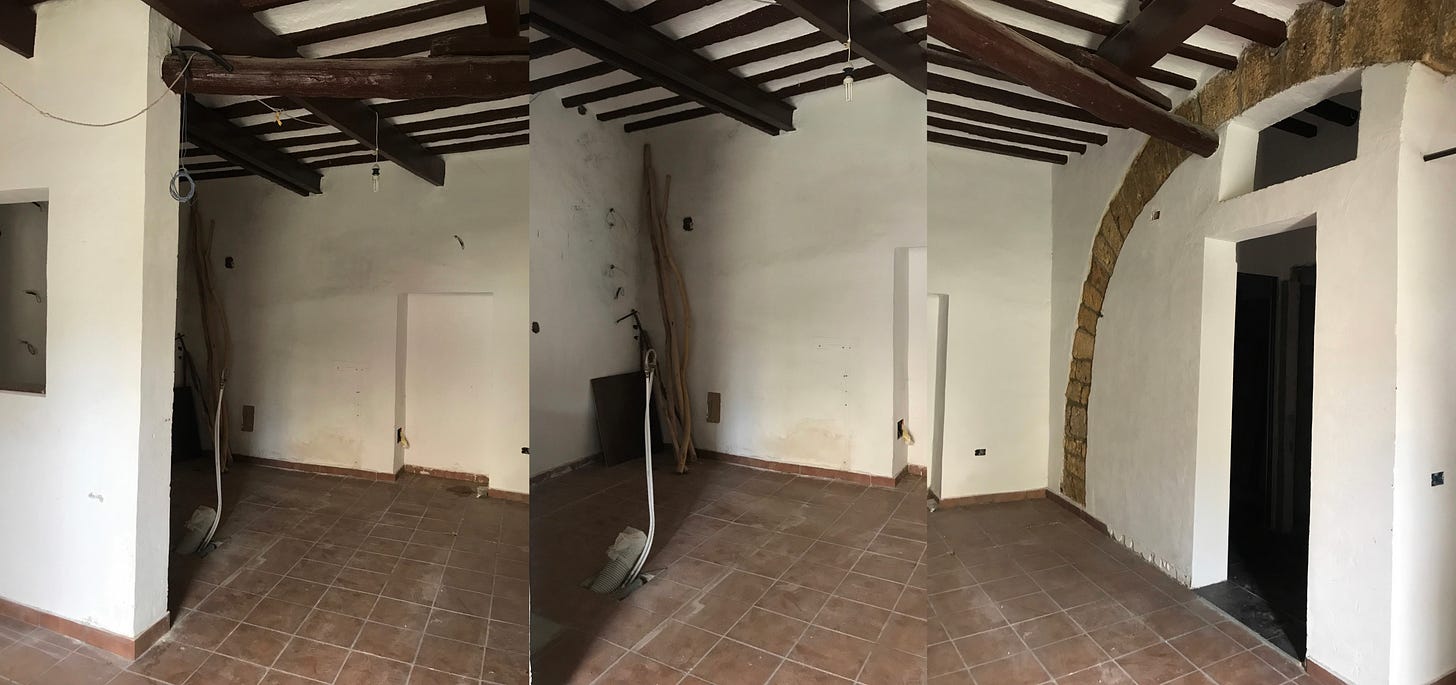
Okay, but I’ve gotten ahead of myself. We didn’t know about the pipes in the bedroom floor or the lack of toilets when we agreed to see it. In theory, this place is lovely. The ruins are pretty cool, it’s close to the train, there’s a great view, and a restaurant on the premises would mean I didn’t have to cook every night, right?
The first bad sign was when the realtor couldn’t get the door open. It was a chilly and gray day and all we could do was wait for the owner to arrive. Meanwhile, we walked around the perimeter.
You’ve already seen the ground floor. The stairs to the first floor were nice – wood and stone and currently covered in paper to keep them protected. But the door at the top of the stairs cracks me up. The apartment is actually to the left at the top of the stairs. This door is to…?? On the other side is nothing. So of course, it doesn’t open, but there it is – a door to a house or a room that no longer exists.
The upstairs space is a bit odd. The first room is divided by a wall that doesn’t make sense. Then another room that opens to the balcony. Despite the odd configuration, I was imagining where I would put my desk and a dining table. Downstairs would be my living and sleeping space, with upstairs for writing and eating.
The most striking feature of this space is the mural. It might be a cool feature in a pub or coffee house. But in my home? No, not for me. What do you think?
I was trying to warm to the mural since the view from the balcony was so fantastic. You can even see the ruins of the chapel that stood next door, and beyond the chapel, the train station.
But the space was small. And renovations still needed to be done (bathrooms, kitchen) at an already hefty purchase price. More than that, there was another problem:
Yes, moisture. Mold. The owner insisted it hadn’t been there at Christmas, which was even more unnerving since it was now only February 21st. So there you go. By now, we knew that a mold problem could be impossible to remedy. It would have to be tackled from the other side of the building, which legally is still a home even though it is completely in ruin and rubble.
Interesting that we could “fix” the problem without needing permission from the owners of the rubble but we could not—under any circumstances—put in a window on these walls because that would be modifying someone else’s property. Crazy. Which brings me back to: I really don’t want to share any walls with other homeowners.
Alas, another property scratched off our list. Would we ever find a property that didn’t have moisture problems?? Stay with me. There are still two more installments in this series that you don’t want to miss.
In the meantime, leave me a comment. I’d love to know what you think of this place.
Anyone want to renovate a baglio with me?





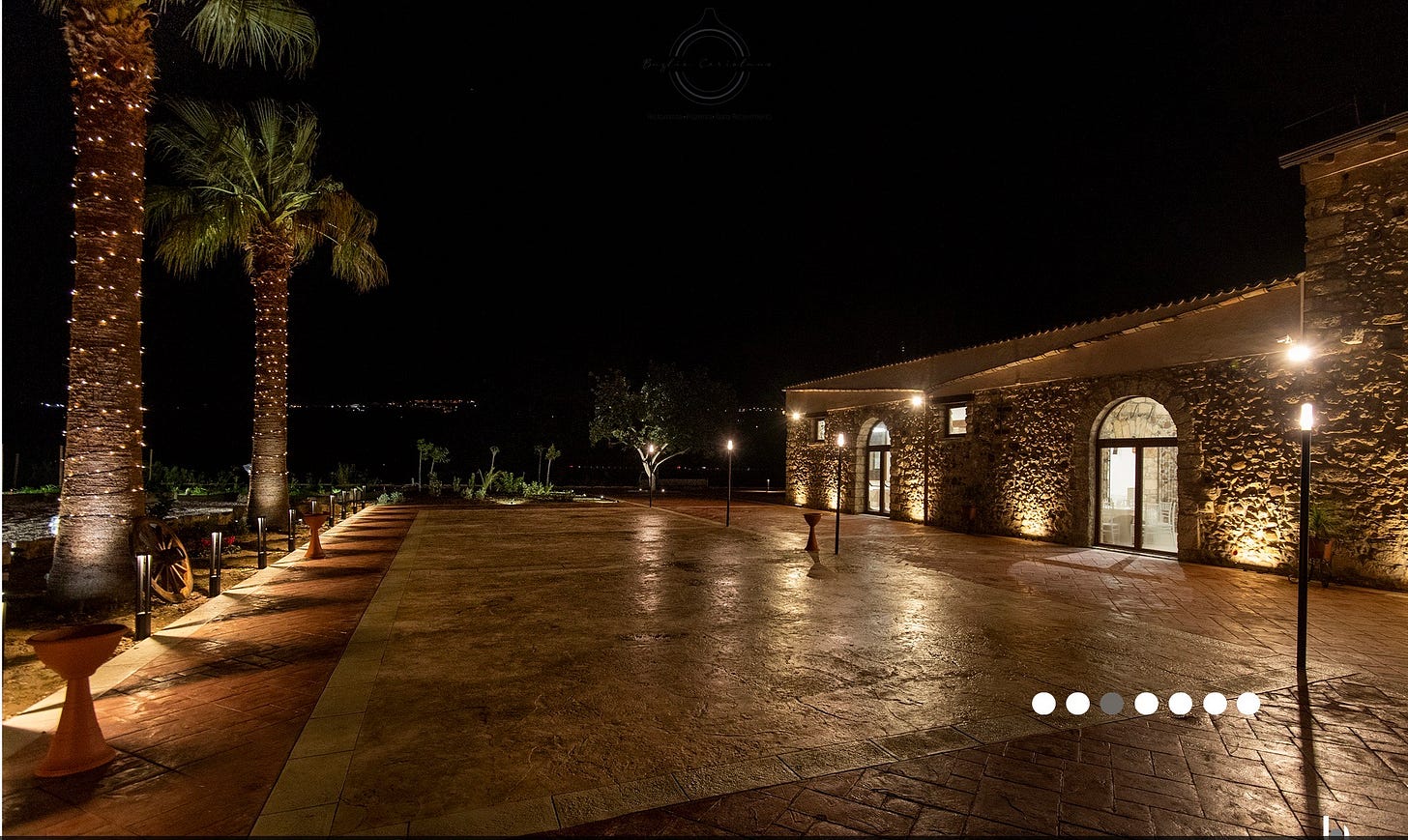
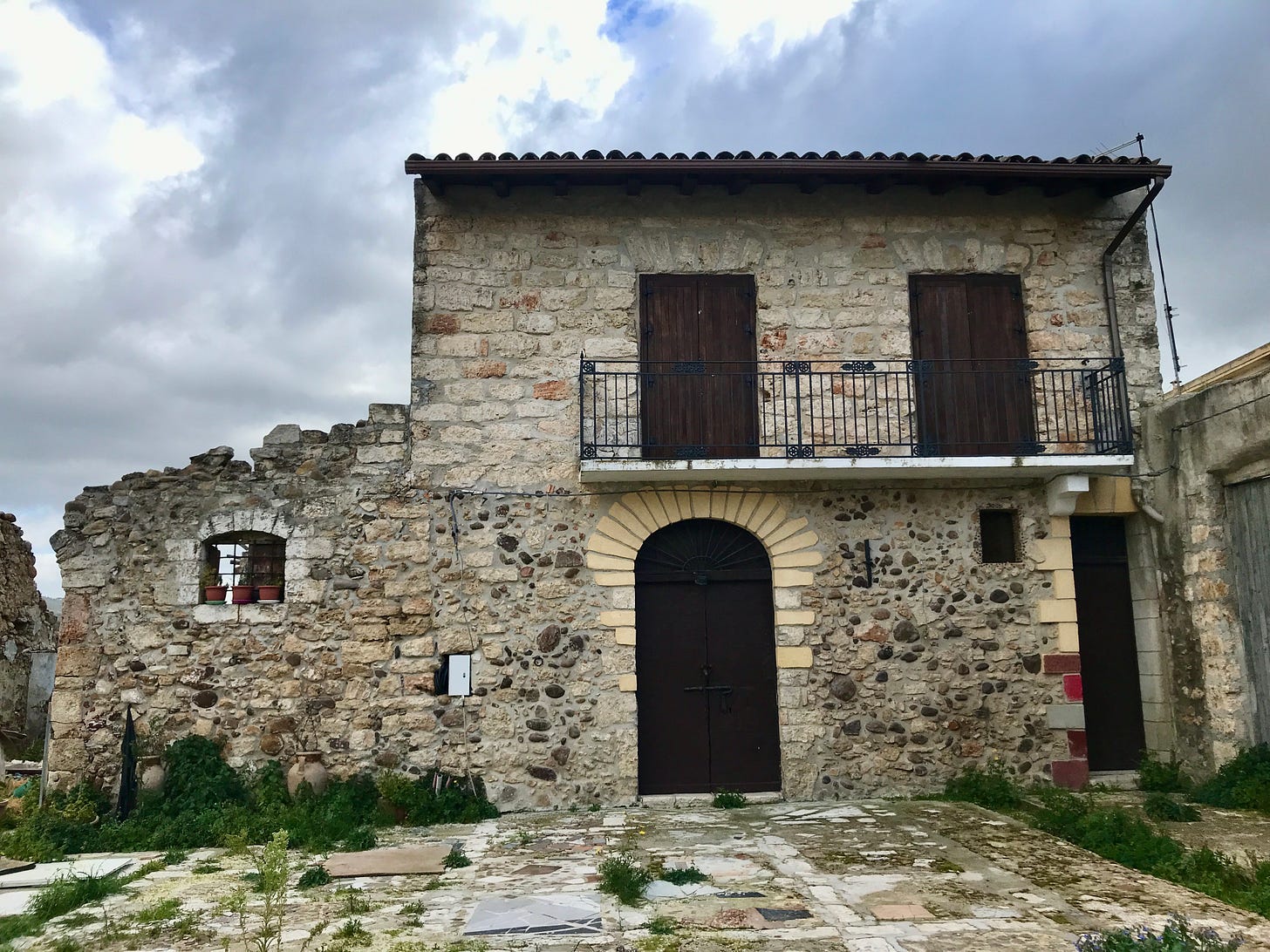

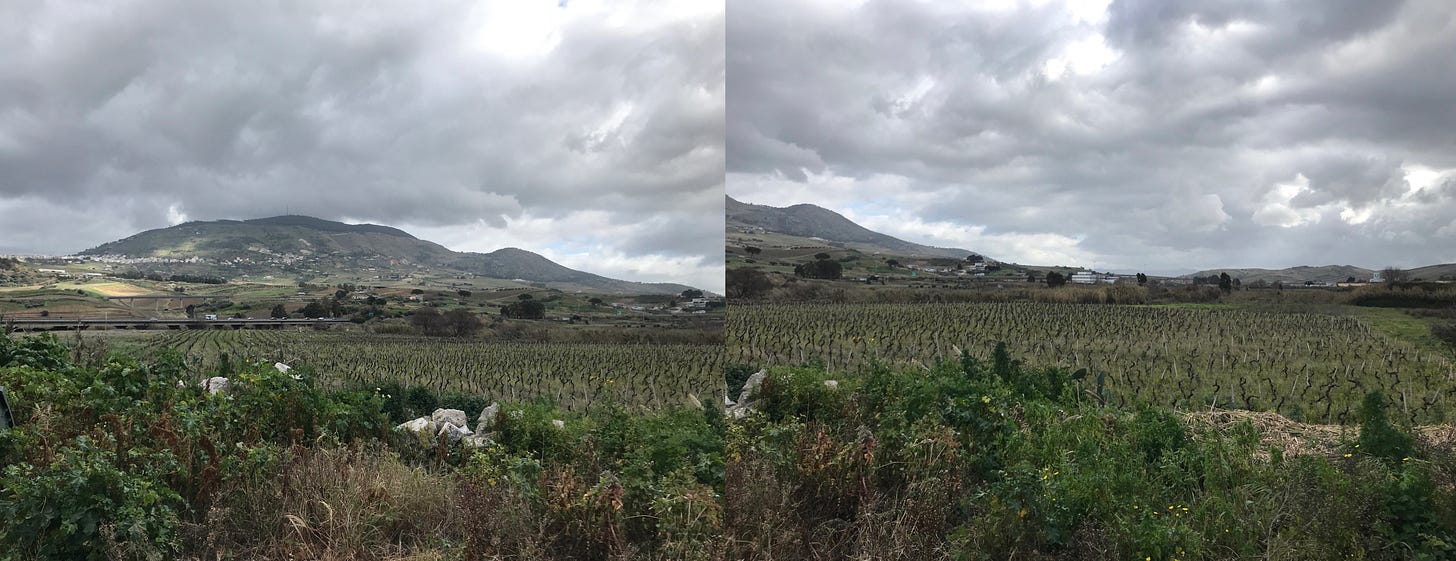





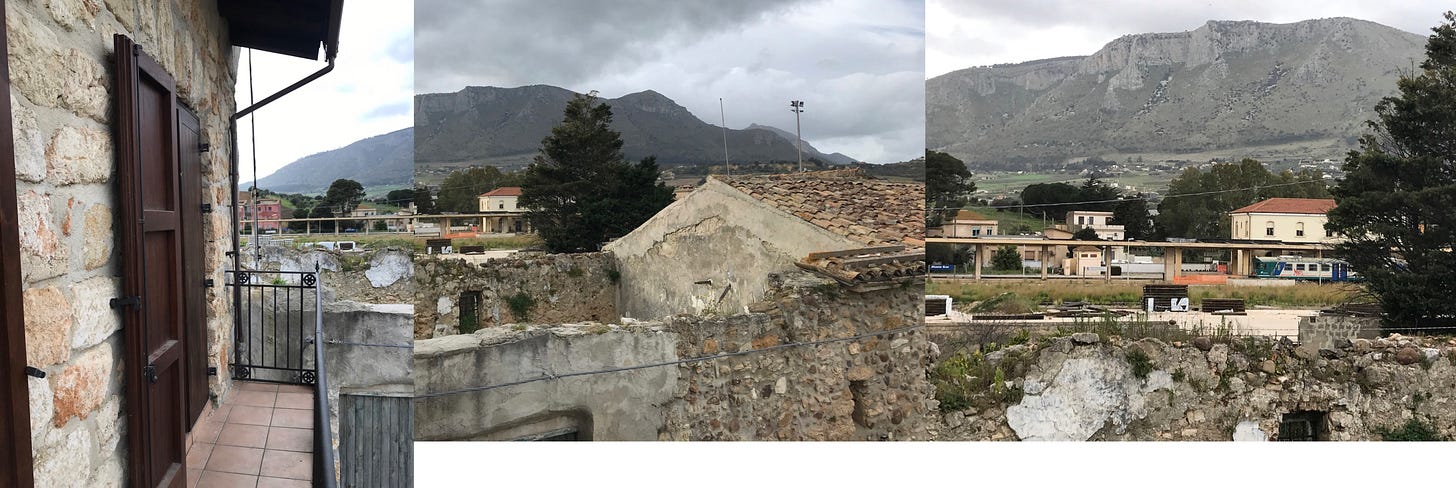

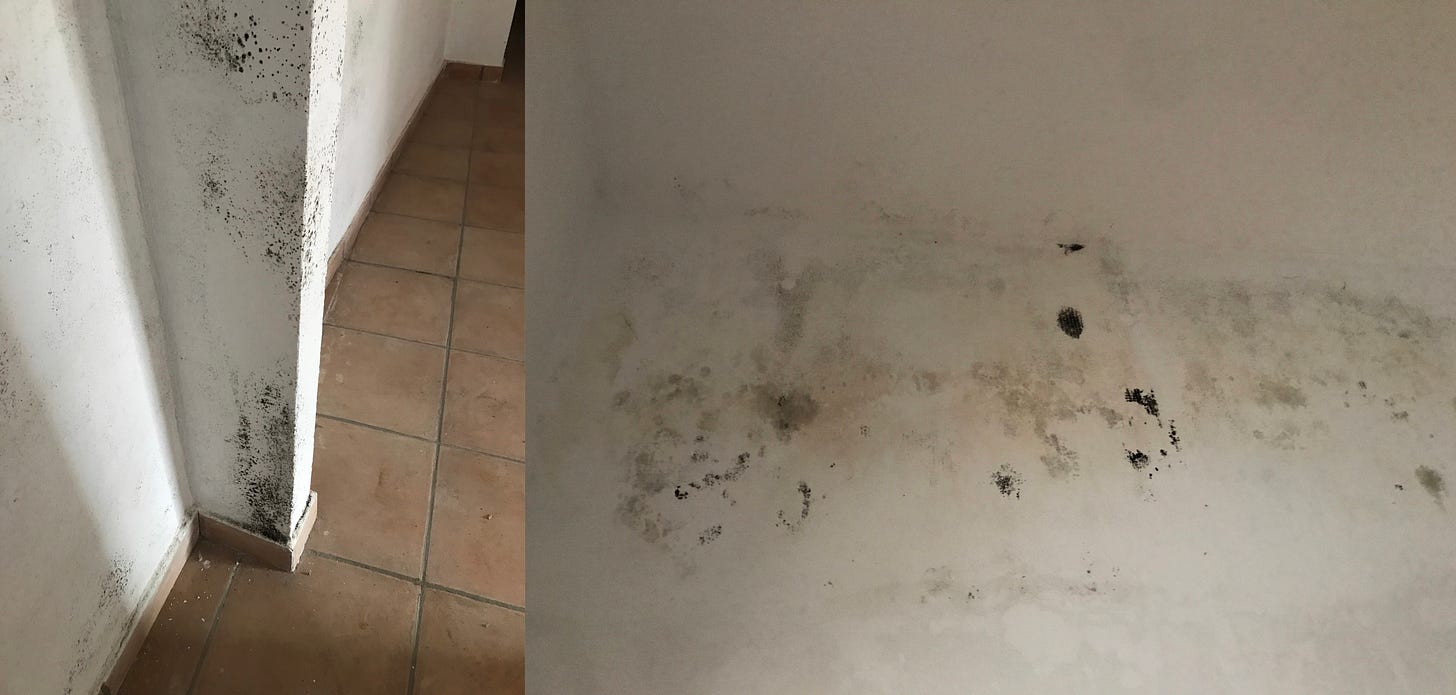
Jan! You're featured on Substack!!! That's so amazing. Clearly a sign of quality. Keep up the great work!!
Klimt would hit the owner. I would too.